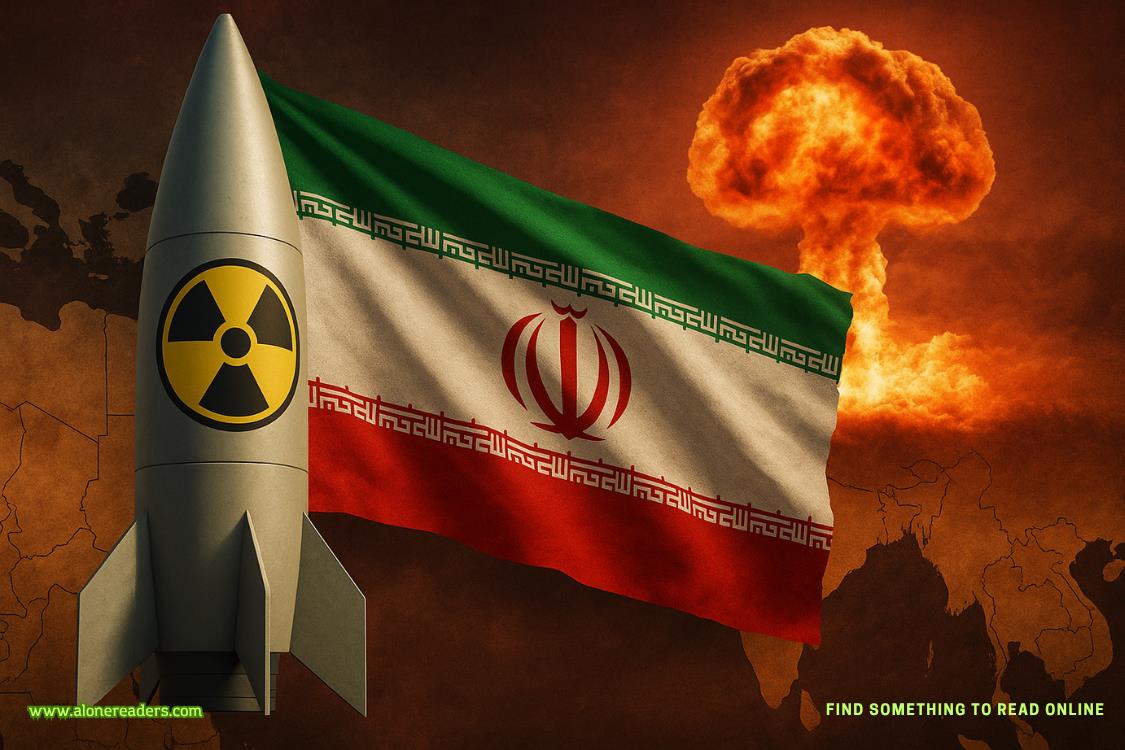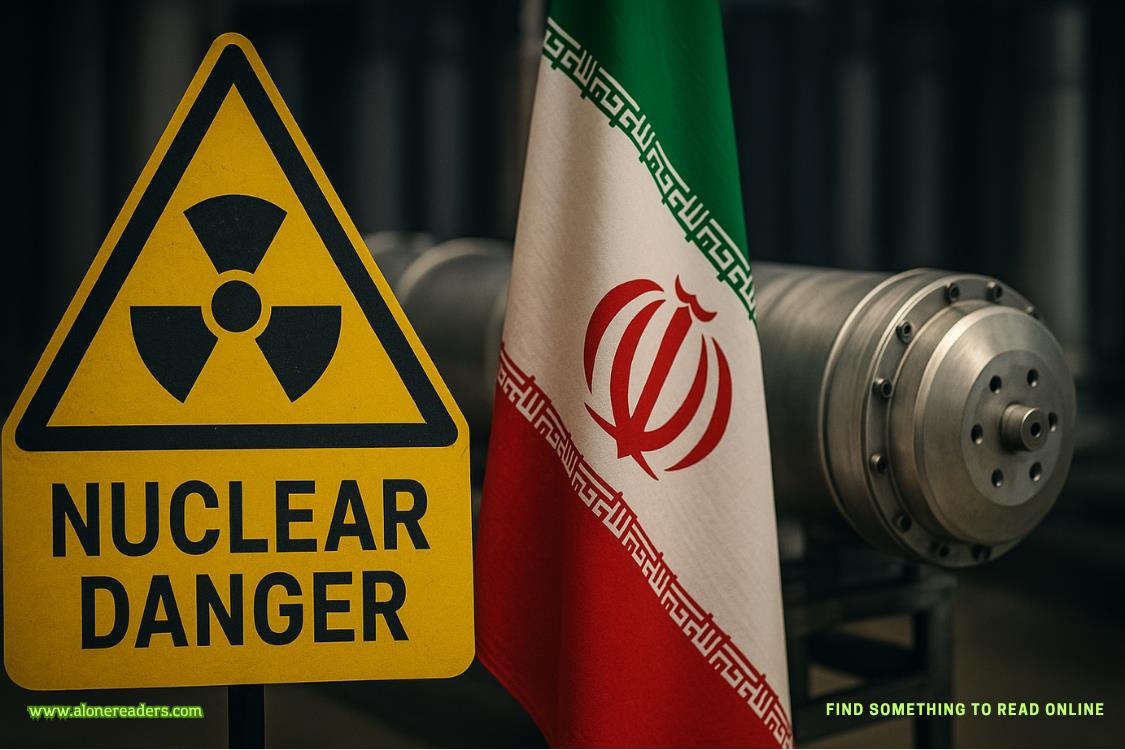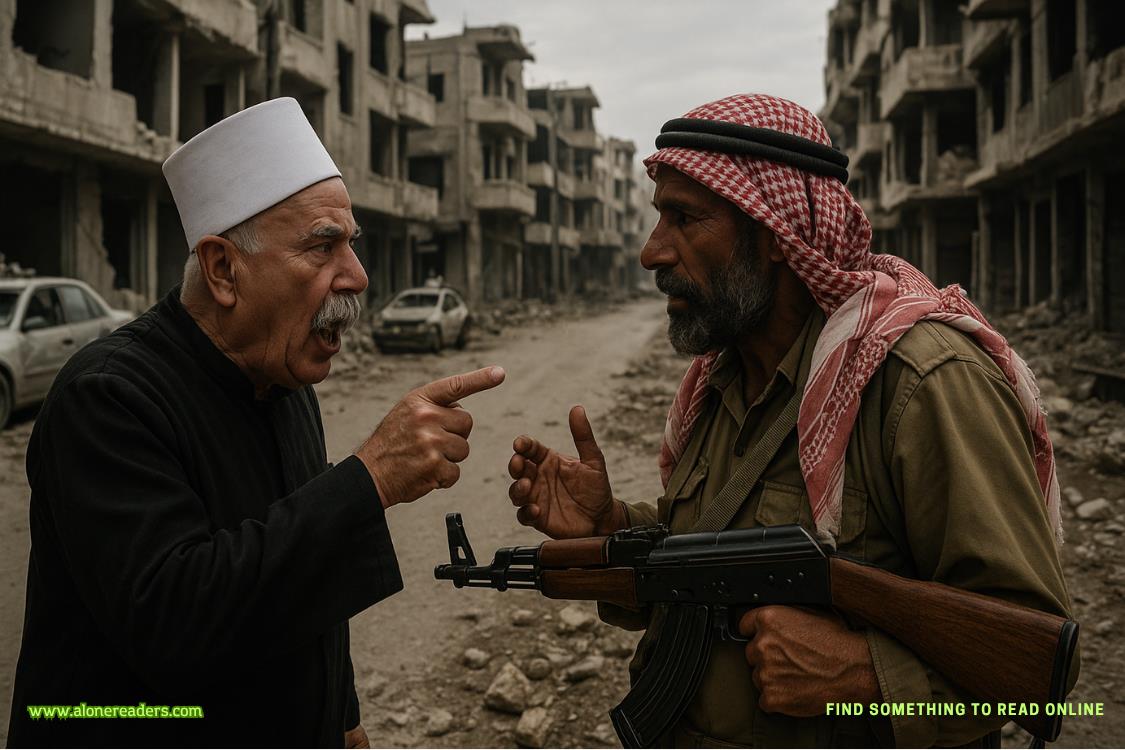At 8:00 a.m. the doctors upgraded her condition from guarded to critical and expressed confidence that, barring an unforeseen complication, the wound to her chest would not prove fatal. Donati left the Gemelli at nine o’clock and returned to the Vatican, but Gabriel remained at Veronica’s bedside until five that afternoon. He left the hospital in the back of a Carabinieri cruiser, with Luca Rossetti at his side. They stopped at the Hassler long enough for Gabriel to collect his bag, then boarded an evening train for Venice.
57
Vatican City
The great unraveling commenced at ten the following morning when Vatican and Italian police jointly released the identity of the man who attempted to assassinate the Holy Father during the Sunday Angelus prayer service. He was said to be Salvatore Alvaro, an unmarried electrician of thirty-six from Naples. Authorities declined to say how they had determined Alvaro’s identity—or how he had managed to carry a loaded firearm into St. Peter’s Square. Obviously, said the chief of the Vatican Gendarmerie, there had been a major breach of the city-state’s security.
It therefore came as something of a surprise when later that same day the Press Office announced that the Holy See had retained three powerful international accounting firms to conduct a thorough review of the Vatican’s byzantine finances. The auditors would deliver their findings to a commission of prominent Catholic laypersons, all corporate lawyers or financial services professionals, who would in turn make recommendations to the Holy Father. It was, wrote one respected commentator, the long-awaited papal shot across the bow of Vatican Incorporated.
The next unexpected turn of events came in Milan, where officers of the Carabinieri and Guardia di Finanza arrested Nico Ambrosi, afinancier with close ties to the Vatican, on charges of embezzlement, fraud, and money laundering. In a move that rattled investors around the world, Swiss police simultaneously raided the headquarters of SBL PrivatBank in Lugano and froze hundreds of suspect accounts. Franco Tedeschi, the chief of SBL’s asset management division, received advance warning of the raid and attempted to flee the country. He was taken into custody at Lugano Airport shortly after boarding the firm’s Dassault Falcon executive jet. Swiss authorities seized the plane as well.
The following day brought shocking new details about the man who had attempted to kill the Holy Father. It emerged that Salvatore Alvaro had been arrested several times in his youth, that he had spent time in prison for armed robbery and kidnapping, that he was known to use aliases, and that he had lived for many years in France, Spain, and Morocco. Journalists who visited Alvaro’s hardscrabble neighborhood in Naples were met with blank stares and slammed doors, which gave rise to speculation that he was not, in point of fact, a humble tradesman. Italy’s top crime reporter pointed out that all the countries where Alvaro had lived abroad had been infiltrated by the Camorra. Alvaro, he wrote, was undoubtedly a Camorra soldier and assassin.
But why would a Camorra-linked gunman wish to kill the supreme pontiff? And why had His Holiness, only two days removed from the attempt on his life, launched an unprecedented outside review of the Vatican’s finances? During the Wednesday General Audience, his first public appearance since the shooting, he had nothing to say on the subject, choosing instead to once again address the Church’s obligation to help the poor and provide refuge to migrants. Against the wishes of his security detail, he circulated through the massive crowd gathered in St. Peter’s Square in an open-sided popemobile. Vatican spokesman Esteban Rodríguez used the wordmiraclewhile attempting to explain how the Holy Father had survived the attack unscathed. The archconservative Cardinal Byrne, dispirited by theadoration shown to a pontiff he detested, acidly predicted the Holy Father would be declared a saintbeforehis death.
But the video of the assassination attempt did not lie, and the questions continued unabated, especially after the Carabinieri launched a massive raid against the Camorra across the length and breadth of Campania. By the time the operation was over, more than two hundred members of the criminal organization were in custody. The top prosecutor in Naples called it the most devastating blow against the Camorra in years.
It was little wonder, then, that the Camorra made yet another attempt on the prosecutor’s life, this time with a bomb planted outside his heavily defended home. His Holiness Luigi Donati condemned the attack during his next Sunday Angelus address, after which he received a preliminary report from the members of his special commission. There was no record of what was said during the session. But just twenty-four hours later, the Press Office issued a tersebollettinoannouncing the dismissal of Cardinal Matteo Bertoli, the Substitute for General Affairs of the Secretariat of State.
Missing from thebollettinowas any reason for the abrupt firing of the third most powerful figure in the Roman Curia, which left theVaticanistino choice but to engage in unabashed speculation. The timing suggested it was somehow connected to the Holy Father’s independent review of Vatican finances—a review thesostitutohad reportedly opposed. The theory gained momentum the following day when the Holy Father stripped the Secretariat of State of billions of euros’ worth of financial assets and real estate holdings and transferred them to the Vatican department known as Administration for the Patrimony of the Holy See, or APSA. Not two hours later, a beleaguered Cardinal Bertoli was evicted from his lavish apartment in the Palazzo San Carlo. He departed the Vatican that evening, a cardinal in name only, in the back of a humble Fiat 500 with no police escort. The Press Office saidhe was embarking on a life of prayer and penance at a remote abbey in the mountains west of Turin. “Better than being burned at the stake,” remarked one anonymous Vatican insider. “But only barely.”
But what sin had Bertoli committed to warrant so swift and severe a punishment? The president of APSA provided a vital clue the next morning when he announced that the Vatican would in short order liquidate its interest in a retail-and-office block located in London’s New Bond Street. A more fulsome explanation appeared three days later on the front page ofLa Repubblica. Written by the paper’s respected Vatican correspondent and based on a trove of internal documents, the explosive exposé detailed how Cardinal Bertoli had enriched himself while at the same time losing more than two billion euros in Church funds. Perhaps the story’s most damning allegation was that Bertoli had knowingly entered into a relationship with two criminal financiers—Nico Ambrosi and Franco Tedeschi—who were in the business of laundering money for the Camorra. It all but accused the group of attempting to murder the Holy Father to prevent Bertoli’s dismissal and exposure of its lucrative money laundering empire.
The story, while electrifying, was incomplete. It made no mention, for example, of an apprentice British art conservator named Penelope Radcliff. Or the renowned Leonardist Giorgio Montefiore. Or a museum guard named Ottavio Pozzi. Or a portrait of a young woman, oil on walnut panel, 78 by 56 centimeters, perhaps by Leonardo da Vinci, perhaps by a studio assistant or a later follower. Nor was there any reference to the links between the Holy Father and the woman who had suffered a near-fatal gunshot wound to the chest while trying to protect him. Three weeks to the day after the shooting, she left the Gemelli clinic and returned to her palazzo near the Via Veneto. As for the painting, it had vanished without a trace.
58
Harry’s Bar
The negotiations with Antonio Calvesi were for the most part collegial, but on one point Gabriel refused to budge. He would carry out the restoration not in the conservation lab of the Vatican Museums but in his studio in Venice. He was not worried about the prospect of another theft. Having helped the Italian authorities deliver a devastating blow to the Camorra, he was now under full-time protection, as were his wife and children. The painting wasn’t going anywhere.
The handover took place on the tarmac at Marco Polo Airport on the first Monday in February. Donatella Ricci had already made repairs to the walnut panel, and a noted Italian provenance researcher had commenced a quiet investigation of the painting’s murky past. It was Calvesi’s ambition to unveil the work in time for the summer tourist season. Gabriel, who was about to embark on the most important restoration of his career, made no promises.
The first order of business was to determine whether the portrait was in fact an autograph work by Leonardo da Vinci. It was not an attribution Gabriel could make on his own. Others more learned than he would have to examine the painting and render their verdicts, and a single dissenting opinion might doom the entire project.But when to show the painting—and in what condition? For the sake of transparency, Gabriel decided to allow the world’s top Leonardists to see the painting in a stripped state, with the damage clearly visible.
For now, it was in the condition that Gabriel had found it—hastily but competently restored. It took him the better part of a week to remove the varnish and the retouching and expose the original painting. He snapped several photographs of the panel and sent them to Antonio Calvesi at the Vatican via encrypted email. Chiara examined the painting that evening.
“Are you sure you want them to see it like this?”
“Positive.”
“There’s a considerable amount of damage.”
“What did you expect? It’s more than five hundred years old, and for the last two centuries or so it was covered by another painting.”
“Could be risky.”
“Perhaps. But I want the greatest Leonardo scholars in the world to examine the original brushwork with their own eyes, with no retouching or varnish.”
It was Chiara, in her capacity as the managing director of the most prominent restoration firm in Venice, who placed the calls and issued the invitations. Ten days later the most respected Leonardo scholars in the world convened in Gabriel’s studio. There was Santelli from Milan, Barnes from New York, Rolland from the Louvre, Kendall from Oxford, and from Leipzig University the mighty Professor Maximillian Zeller, who had once written that there were no remaining autograph works by Leonardo yet to be discovered.
Absent, of course, was Montefiore of the Uffizi. Gabriel omitted any reference to the late Leonardist during his presentation. Nor did he identify the apprentice British conservator who had found the painting slumbering beneath a Madonna and Child attributed to aneighteenth-century imitator of Raphael. The five experts examined the infrared and X-radiograph images, then took turns before the painting itself. One by one, they handed down their verdicts. There were no dissenting opinions or even equivocation. Gabriel rang Antonio Calvesi at the Vatican and gave him the news. They had their Leonardo.
***
There were plainclothes Carabinieri officers in the streets around the palazzo, and a patrol boat was lashed to the quay. Gabriel reluctantly took to carrying his Beretta pistol again, even while standing before his easel. In the afternoons the children did their schoolwork in his studio, Raphael perched atop a stool at the worktable, Irene lying on the floor at Gabriel’s feet. Bodyguards kept watch over Chiara as she shuttled between the apartment and the offices of the Tiepolo Restoration Company in San Marco.
Gabriel once again assumed Leonardo’s work habits. Not the procrastinatory Leonardo who couldn’t bear the sight of a paintbrush, but the Leonardo who began work each day before the sun had risen and retired when it had set again. He took a break each Wednesday afternoon to meet with his fourteen aspiring artists, and on Thursdays he always made certain to escort Raphael to the university for his weekly session with his tutor. Most nights they ate at home, but once or twice a week they ventured out with their bodyguards for dinner at one of their favorite restaurants. Afterward they would stop at Venchi in the Rialto for gelati. Irene always insisted on a supply of butter cookies for the walk home.















